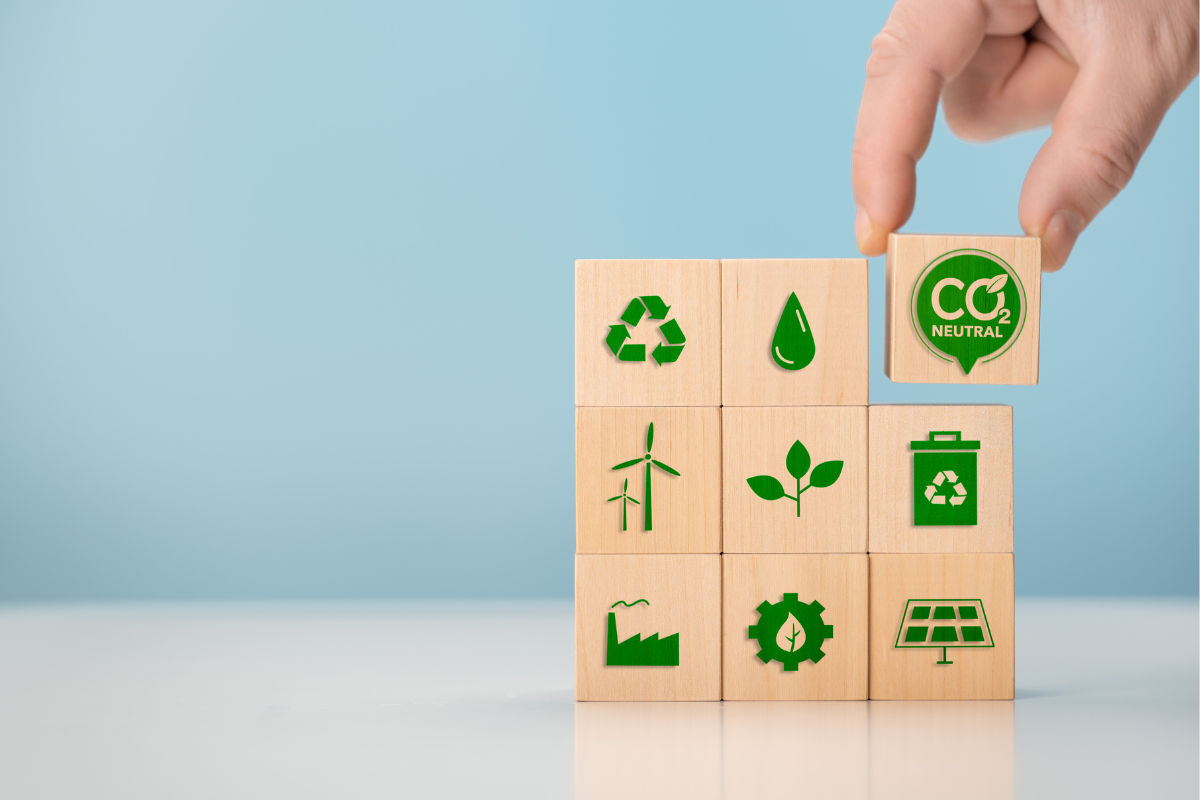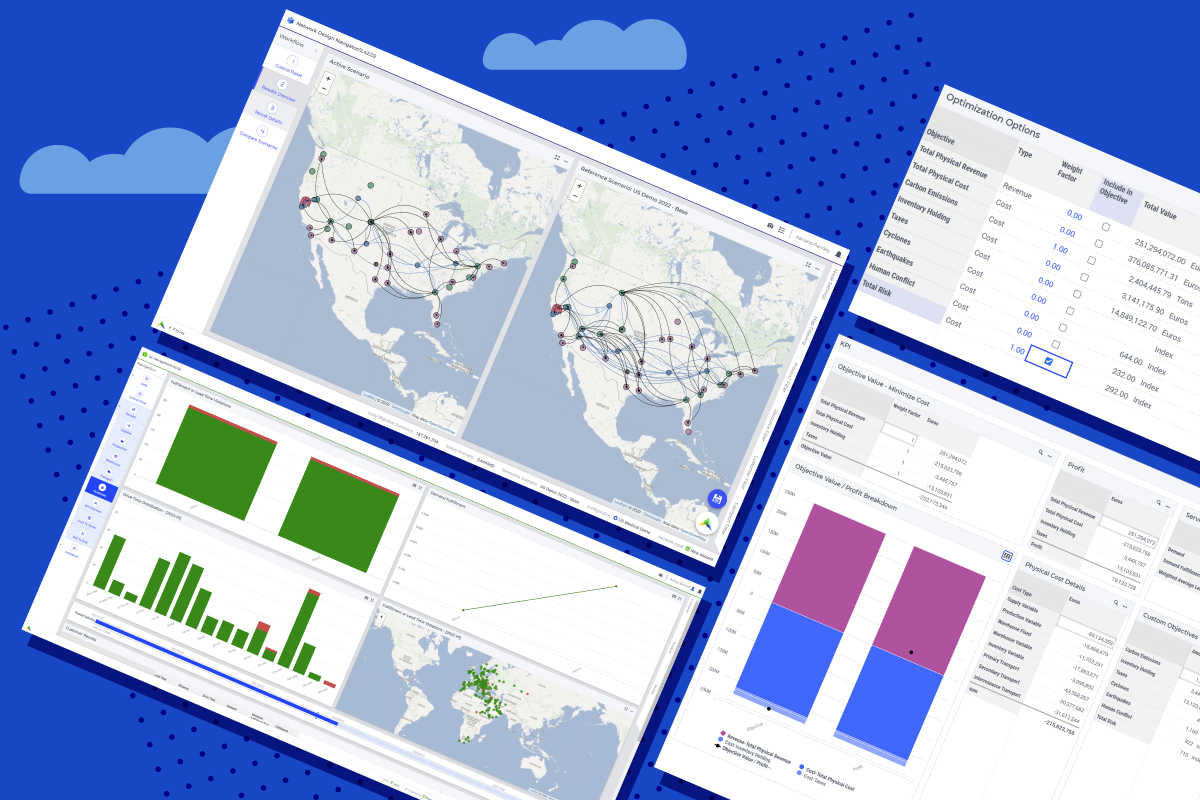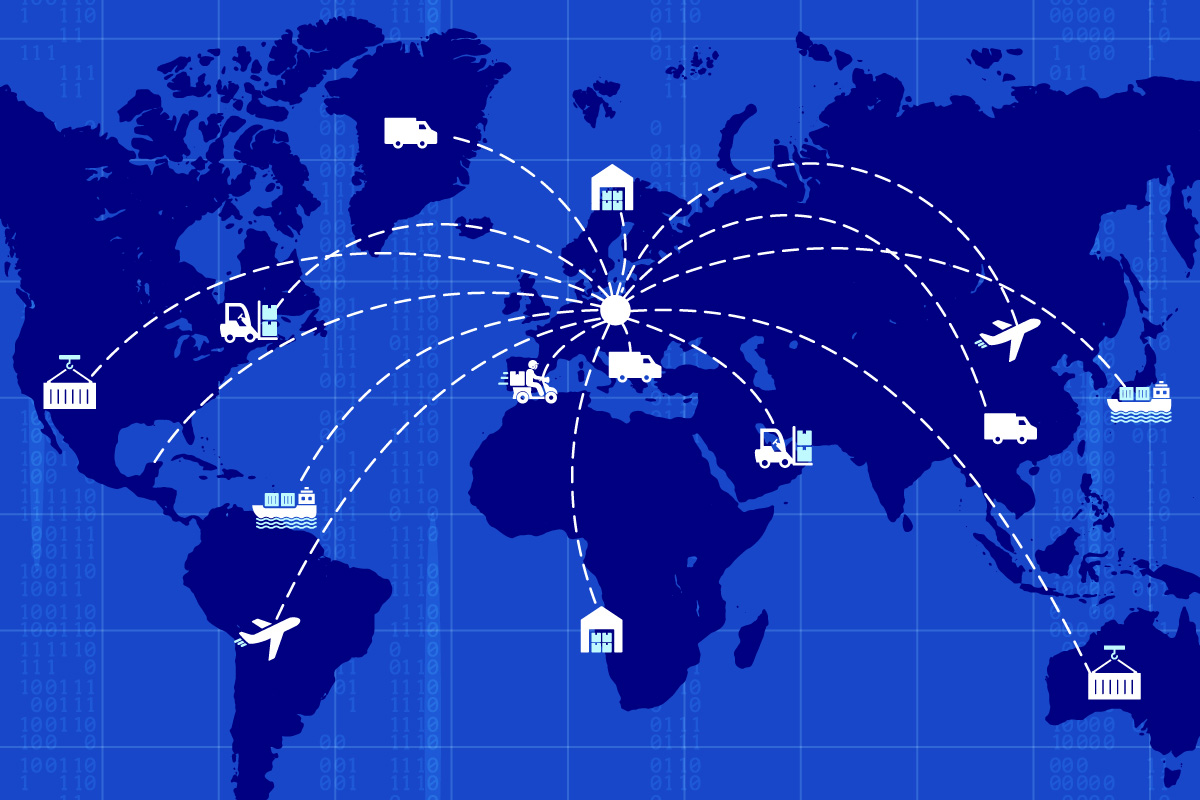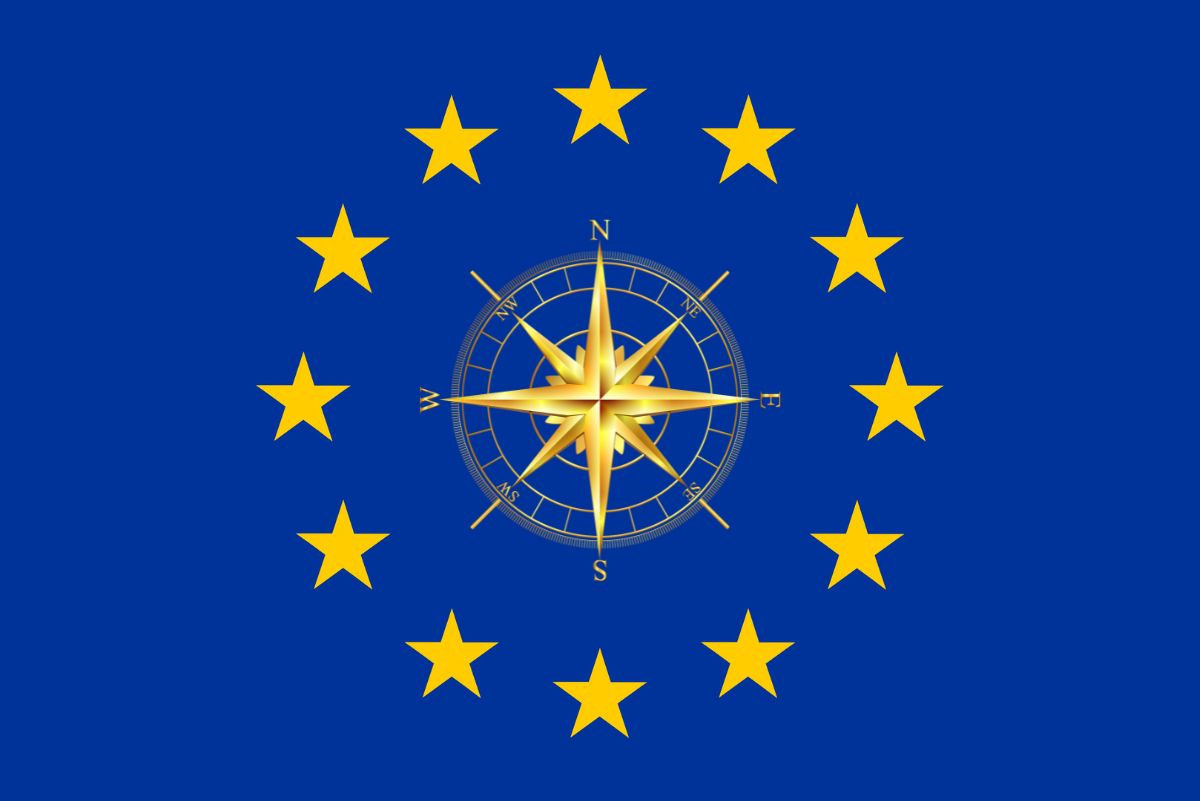How can the Carbon Border Adjustment Mechanism (CBAM) trigger a redesign of your supply chain network?
Toward a greener future, the European Union (EU) has introduced the Carbon Border Adjustment Mechanism (CBAM), a pivotal regulation to lower CO2 emissions. Its adoption will have significant implications on carbon pricing and the dynamics of global supply chains.
CBAM’s impact will especially be felt across industrial supply chains, affecting not just the producers of specific goods but also downstream and upstream sectors.
For supply chain directors, understanding CBAM and its impact on the supply chain is crucial since they should consider rebuilding their supply chain virtually and model the impact of different variables on their supply chain network.
What is CBAM?
The CBAM is a groundbreaking step by the EU to address carbon leakage and ensure a level playing field for both domestic and imported goods. Essentially, it applies a carbon price on imports of certain goods, aligning them with the costs faced by EU producers under the EU Emissions Trading System (ETS). This mechanism is a cornerstone in the EU’s strategy to realize a significant reduction in CO2 emissions of 55% by 2030.
With CBAM, the EU aims to encourage not only the domestic market but also the global community to embrace greater sustainability and collectively address the challenges of climate change.
To whom does it apply?
CBAM applies to importers of CBAM goods. These are goods in the categories*:
- Aluminium
- Hydrogen
- Iron and Steel
- Cement
- Fertilizers
- Electricity
- Some precursors (e.g. agglomerated iron ores and concentrates (excluding roasted iron pyrites), Ferro-manganese, ferrochromium, ferronickel, Kaolin, and other kaolinic clays, calcined)
- Some downstream products (e.g. screws and bolts of iron and steel).
*It must be noted that the Commission may add some products to the list by the end of the transitional period (e.g. Organic chemicals and Polymers).
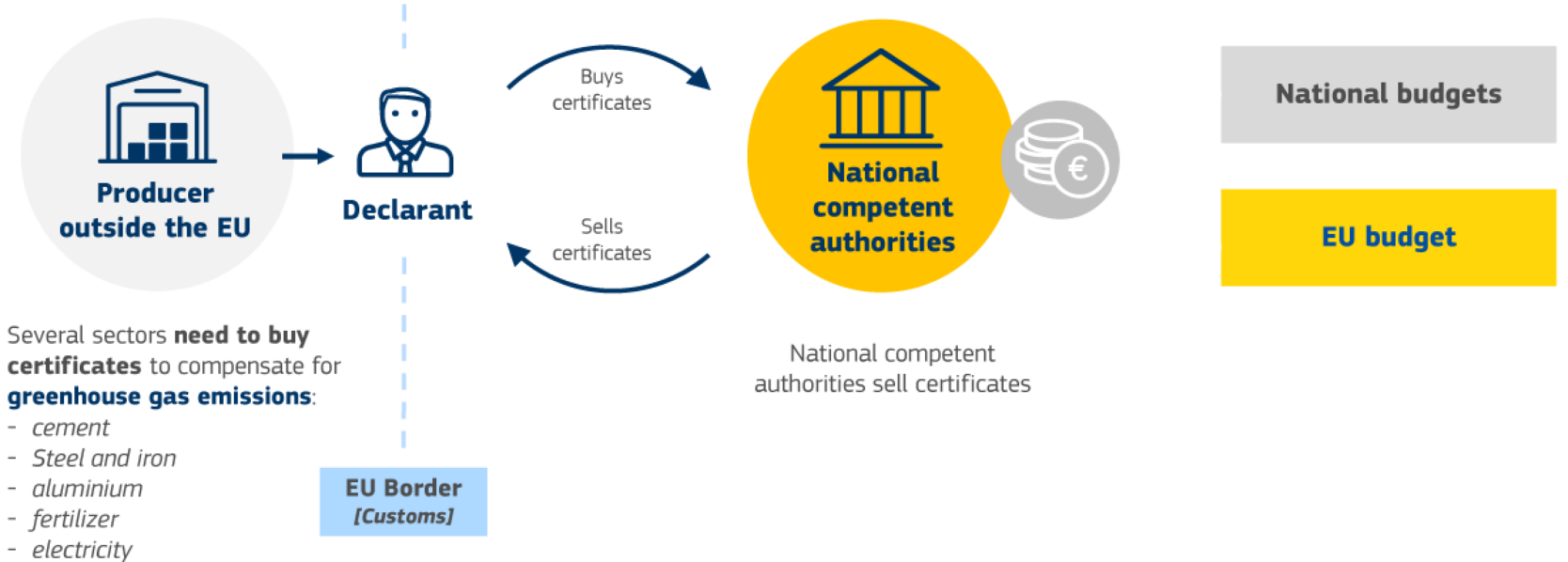
CBAM is being implemented in two phases – The transitional phase: 1 October 2023 to 31 December 2025 and the overall entry into force: 1st January 2026. Starting January 1, 2026, companies will be required to hold CBAM certificates for importing goods, with a certificate mandated for every ton of CO2 emissions linked to the imported products.
Green alternatives on the rise
CBAM will cause a growing demand for environmentally friendly alternatives, such as recycled steel and green cement, as these scarce resources become more sought after. This increase in demand is expected to intensify competition for low-carbon materials and products, potentially driving up their value.
Consequently, as the expenses associated with carbon-heavy products increase, businesses aiming to minimize their carbon footprint will likely need to overhaul their business strategies, supply chains, and operational processes to adapt to this new economic landscape.
The implications on the global supply chains
CBAM’s introduction reshapes the global supply chain landscape. Companies importing into the EU will need to account for the carbon content of their products, which could lead to increased costs or necessitate changes in sourcing and manufacturing strategies.
CBAM represents a significant shift in how environmental impacts are integrated into global trade. For supply chain directors and those responsible for sustainability and compliance, it’s a call to action to rethink supply chain strategies through the lens of carbon emissions.
So how can you prepare for CBAM?
This is where supply chain network design technology becomes invaluable. Modeling scenarios with supply chain network design tools can anticipate different CBAM-related regulations and their potential impacts on the supply chain.
Many questions may arise when considering CBAM for your supply chain network design, like:
- What is the impact of carbon taxation?
- What is the optimal trade-off between tax and lower production costs?
- How does this influence my carbon footprint?
- What suppliers should I collaborate with?
- What is the impact of an alternative Bill of Materials (BOM) configuration?
- How does my network need to evolve as the regulation takes effect?
With advanced network design technology such as AIMMS SC Navigator, companies can answer these questions with confidence. They can visualize their end-to-end supply chain network design on a map and run scenarios on a strategic and tactical level. The tool simulates the impact of supply chain adjustments before investing a penny resulting in finding the sweet spot between conflicting trade-offs. Eventually, they optimize their network balancing cost, service level, CO2 emissions, and inventory levels.
Watch our 10-minute demo focusing on a gas compressor manufacturing company and the AIMMS SC Navigator application. We have highlighted the impact of CBAM on the company’s supply chain network under various scenarios and the necessary adaptations to maintain competitiveness.
The strategic advantage
Adopting supply chain network design technology not only helps in complying with CBAM but also offers a competitive advantage. Let’s see what are the advantages:
- Companies that proactively manage and reduce their carbon footprint can differentiate themselves in the market, appeal to environmentally conscious consumers, and potentially reduce costs through more efficient operations.
- With CBAM, transparent reporting of carbon emissions is essential. Network design tools facilitate accurate emissions reporting, ensuring compliance and fostering trust with regulators and customers.
- By embracing supply chain network design technology, companies can navigate this new landscape effectively, ensuring compliance, optimizing operations, and contributing to a more sustainable future.
As we move forward, the synergy between policy mechanisms like CBAM and technological advancements will be key in shaping a sustainable and resilient global supply chain ecosystem.
Ending notes
If you are interested in delving deeper into this topic, AIMMS recently co-hosted a webinar with PwC titled ‘Adapting to Carbon Regulations: Shaping the Future of Your Supply Chain’. The webinar is now available on demand. In this on-demand webinar, you will gain insights into the significance of CBAM and discover how scenario modeling can aid in identifying optimal alternatives. Additionally, the webinar includes a demonstration of the SC Navigator, showcasing a real case study that simulates the impact of CBAM on a company’s supply chain in various scenarios.

